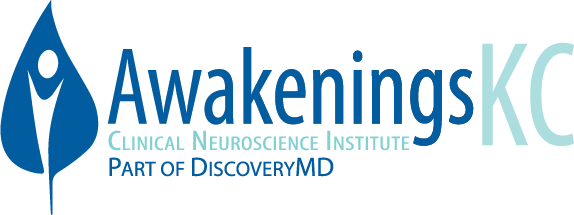Mark George: Treating Depression With an Electromagnet
Unlike some, Mark George didn’t believe that electroconvulsive therapy for severe depression amounted to torture, but he did think the seizures at the heart of the treatment were unnecessary. When he said so at a national psychiatric conference in 1994, his colleagues kicked him to the curb to join the anti-ECT protesters. Justice was served last fall, when the Food and Drug Administration approved George’s far gentler alternative—transcranial magnetic stimulation. In an international trial, depressed patients who hadn’t been helped by drugs improved markedly after four weeks of daily, 40-minute TMS sessions. Two more weeks doubled the rate of relief.
In TMS, intense magnetic pulses are aimed at a particular part of the brain to induce a burst of electrical activity. TMS doesn’t cause seizures, and anesthesia, required prior to an ECT session because of the seizure-related convulsions, isn’t needed. The only side effect that bothers some patients is a sensation akin to tapping on the skull.
George didn’t invent the TMS machine (essentially a powerful electromagnet). More than 20 years ago, scientists were beaming TMS pulses at different locations in the brain to observe how the body reacted. In 1989, while in London to work with TMS as a research tool, George was in an elevator when a fellow passenger exclaimed, “Someone just made my thumb move with a magnet on my head!”
TMS, George came to realize, could be more than a tool for studying the brain. He wondered whether TMS could re-energize the brain’s left prefrontal cortex, where in depression the nerve cells turn sluggish, consuming less oxygen and glucose and firing unenthusiastically.
His London colleagues didn’t jump on board. “Why would you ever want to do that?” one inquired skeptically. Even to George, who now directs the Center for Advanced Imaging Research and the Brain Imaging Center of Excellence at the Medical University of South Carolina, his therapy sometimes seems a little nutty: “I think of that Steve Martin movie The Jerk, where he invents these Opti-Grab eyeglasses that have the unfortunate side effect of making everybody cross-eyed.”
But TMS is far from nutty. George recently published a study showing that brief pulses of TMS as surgery patients roll out of the OR reduce their need for pain relief from a morphine pump. TMS may speed the excruciating process of post-stroke rehabilitation, lower the volume of auditory hallucinations and ringing in the ears, and provide a midflight attention boost to fatigued pilots. That’s drawn the Pentagon’s interest.
George sees endless ways to refine the technology—reducing the number of treatment sessions, for example, if, as he suspects, the brain can tolerate more stimulation over less time. Meantime, to depressed patients for whom drugs haven’t worked, six weeks of painless, noninvasive therapy counts as a vast improvement.
US News and World Report

